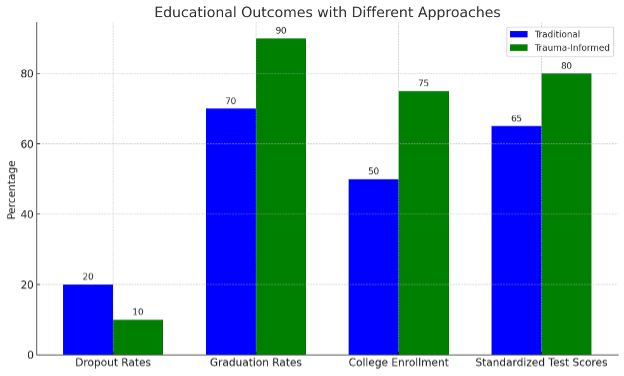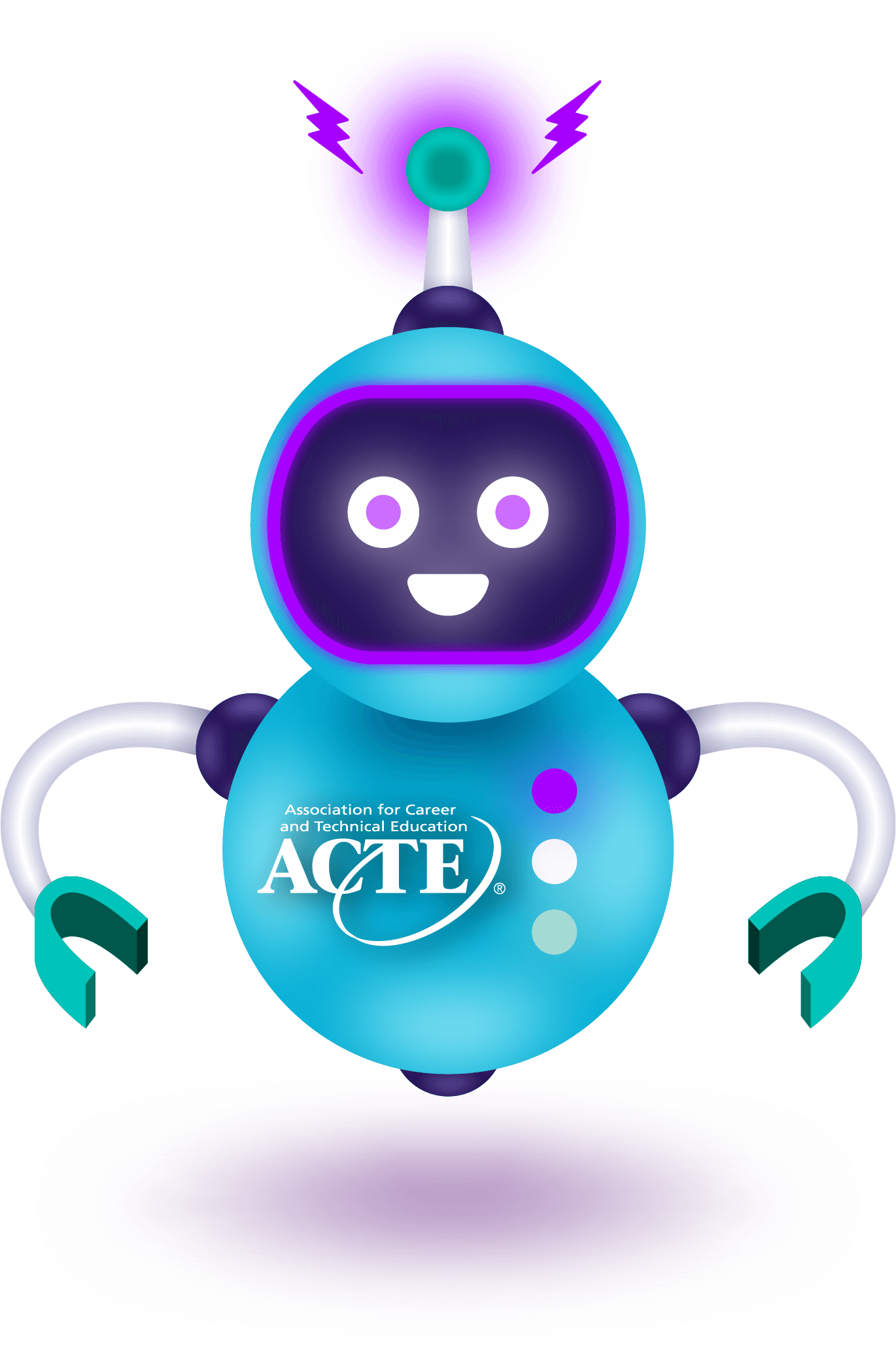In the evolving landscape of education, the profound impact of childhood trauma on learning and development has catalyzed a shift toward more empathetic and effective teaching practices. Trauma-informed education emerges as a necessary evolution in our educational paradigms. This necessity is particularly pronounced in career and technical education and exceptional education, where educators frequently encounter a diverse student population, including individuals who have experienced various forms of trauma.
The echoes of traumatic experiences
Growing up in a bustling Southern town during the late ’60s and early ’70s, my childhood seemed typical at first glance. My family — parents and four children — lived where the slow drawls of conversation blended with the industrial hum of a city striving for modernity. My mother worked as a cost accountant, and my father supervised an iron and pipe factory. They presented a facade of stability. However, beneath this veneer, our home dynamics were anything but ordinary. My father was a formidable figure with staunch, chauvinistic views. And he frequently engaged in heated disputes with my mother. These confrontations instilled a sense of tension, fear and confusion in me from a young age.
As I grew, I began to grasp the gravity of the volatile words and actions that filled our home. The impact of such a trauma-filled upbringing extended into my school life, where I once naively repeated inappropriate language learned at home, leading to a sharp reprimand. This incident was a pivotal moment, illuminating the stark differences between my home environment and what was socially acceptable.
Trauma-informed care in education
Trauma encompasses a variety of experiences that significantly impact an individual’s emotional and psychological well-being. Chronic stressors such as prolonged exposure to abuse, neglect, or household dysfunction can disrupt a student’s ability to engage effectively in learning, affecting their attention, memory, and executive functioning (Felitti et al., 1998; Souers & Hall, 2016). This understanding is crucial for educators.
Trauma-informed care shifts the educational approach from judgment to empathy, focusing on safety, trustworthiness, choice, collaboration and empowerment. Key therapies and strategies include cognitive behavioral therapy (CBT), dialectical behavior therapy, art and play therapy, and narrative therapy. These methodologies help students process their experiences and express themselves in healing ways.
The power to overcome adversity
Sarah (not her real name) is a 13-year-old student in a middle school CTE program. She exemplifies the profound impact that trauma-informed educational practices can have on students who have experienced significant adversity. Sarah’s background includes multiple adverse childhood experiences, such as witnessing domestic violence and enduring emotional neglect. These experiences manifested in her school life through heightened anxiety, social withdrawal and difficulty concentrating — challenges that were initially perceived as behavioral issues.
Upon recognizing the signs of trauma, the school’s multidisciplinary team convened to assess Sarah’s needs. A key component of this assessment was employing trauma-informed strategies to create a comprehensive support plan tailored to her emotional and educational needs.
Implementing trauma-informed practices
Sarah’s interest in the culinary arts was identified as a potential therapeutic and educational pathway. To support her, educators worked together to adapt the curriculum to meet her needs.
-
- Modified learning environment: Sarah was provided a quieter workspace with fewer distractions, which helped reduce her anxiety during class.
-
- Individualized instruction: Sarah was given more one-on-one time with instructors. This helped her to stay focused and understand the tasks at hand.
-
- Peer support: Sarah was paired with a peer mentor who shared her interest in culinary arts. This not only improved her social interactions but also boosted her confidence.
In addition to educational adaptations, therapeutic interventions played a crucial role in Sarah’s progress:
-
- Art therapy: Integrated into her curriculum as part of the CTE program, art therapy provided Sarah with a nonverbal means of expression and emotional regulation.
-
- Cognitive behavioral therapy: Conducted by the school counselor, CBT sessions helped Sarah develop coping strategies to manage her anxiety and improve her focus.
Over the course of the school year, Sarah showed remarkable improvement in both her academic and social development. Her grades improved significantly, reflecting her increased engagement and concentration. Equally important, Sarah began to form friendships and participate in group activities. And she expressed a newfound enthusiasm for her education. The interdisciplinary team noted her growing confidence and decreasing instances of anxiety-related behaviors.
Conclusion
Educators equipped with trauma-informed strategies are better prepared to facilitate academic success and foster emotional resilience. This article illuminates the transformative potential of these approaches, showcasing significant improvements in educational outcomes.
The implications of adopting trauma-informed practices extend beyond individual classrooms or schools. They call for a systemic change across educational systems. We must urge policymakers, educators and community leaders to embrace these methods and invest in the necessary resources and training to implement them effectively. By doing so, we can ensure that our educational institutions are not merely places of learning but also sanctuaries of healing and growth.

Figure 1 illustrates the significant improvements in dropout rates, graduation rates, college enrollment, and standardized test scores when trauma-informed strategies are implemented (Craig, 2015; Souers & Hall, 2016).
Jamie Mahoney, Ed.D., is associate professor of special education at Murray State University.
Donna Crouch, Ed.D., is assistant professor of career and technical education at Murray State University.






